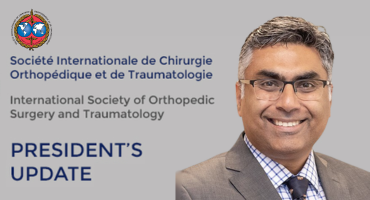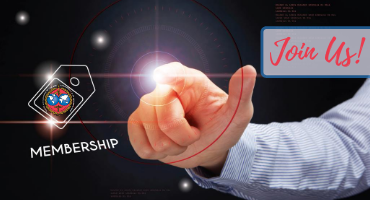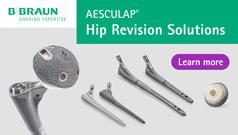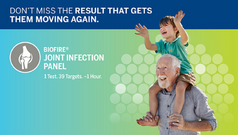Predictors of clinical outcomes in necrotizing fasciitis: a ten year study
Int Orthop. 2025 Jul 12. doi: 10.1007/s00264-025-06608-y. Online ahead of print.
ABSTRACT
INTRODUCTION: Necrotizing fasciitis (NF) is a rapidly progressive disease associated with significant morbidity and mortality. Few studies have reported the risk factors for adverse outcomes in NF. Our study aims to investigate the risk factors associated with various clinical outcomes of NF - to better guide decision making and patient counselling regarding outcomes during the crucial initial phase of this time sensitive disease process.
METHODS: A retrospective review of patients diagnosed with NF of the upper and lower extremities over a ten-year period from January 2008 to December 2017 in our tertiary institution was performed. Patient demographics, clinical parameters, microbiological data, and clinical outcomes were collected and analyzed using multivariate regression analysis. The primary clinical outcomes analyzed were mortality, major amputation (proximal to the wrist or ankle), prolonged intensive care unit(ICU) stay (> 7 days), and prolonged hospital stay (> 30 days).
RESULTS: 191 patients were included in the study with a mortality rate of 17%, with predictors for mortality being age > 65 years (OR: 3.04, p = 0.024), female gender (OR: 3.04, p = 0.017), peripheral vascular disease (OR: 8.94, p = 0.003), renal impairment (OR: 5.10, p = 0.002), mean arterial pressure (MAP) < 60mmHg (OR: 3.06, p = 0.040), and bacteraemia (OR: 3.11, p = 0.032). 61 patients underwent major amputation, and the risk factors were peripheral vascular disease (OR: 4.45, p = 0.042), lower limb involvement (OR: 5.67, p < 0.001), soft tissue gas on x-ray (OR: 5.78, p = 0.013), and bacteraemia (OR: 5.20, p < 0.001). The predictors for prolonged ICU admission were female gender (OR: 2.55, p = 0.016) and creatinine > 140µmol/L (OR: 3.44, p = 0.002).
CONCLUSION: This study has helped to identify significant risk factors associated with necrotizing fasciitis for mortality and major amputations. Predictors of mortality included elderly age > 65, female gender, peripheral vascular disease, renal impairment, decreased mean arterial pressure and bacteraemia. Predictors of major amputation were peripheral vascular disease, lower limb involvement, presence of soft tissue gas seen on X-ray and bacteraemia. Factors such as these will assist us in identifying patients with higher probabilities of specific outcomes when they present at an early stage of the disease process, to allow for more accurate patient counselling and management of expectations regarding outcomes of patients with NF.
LEVEL OF EVIDENCE: IV.
PMID:40646259 | DOI:10.1007/s00264-025-06608-y

















